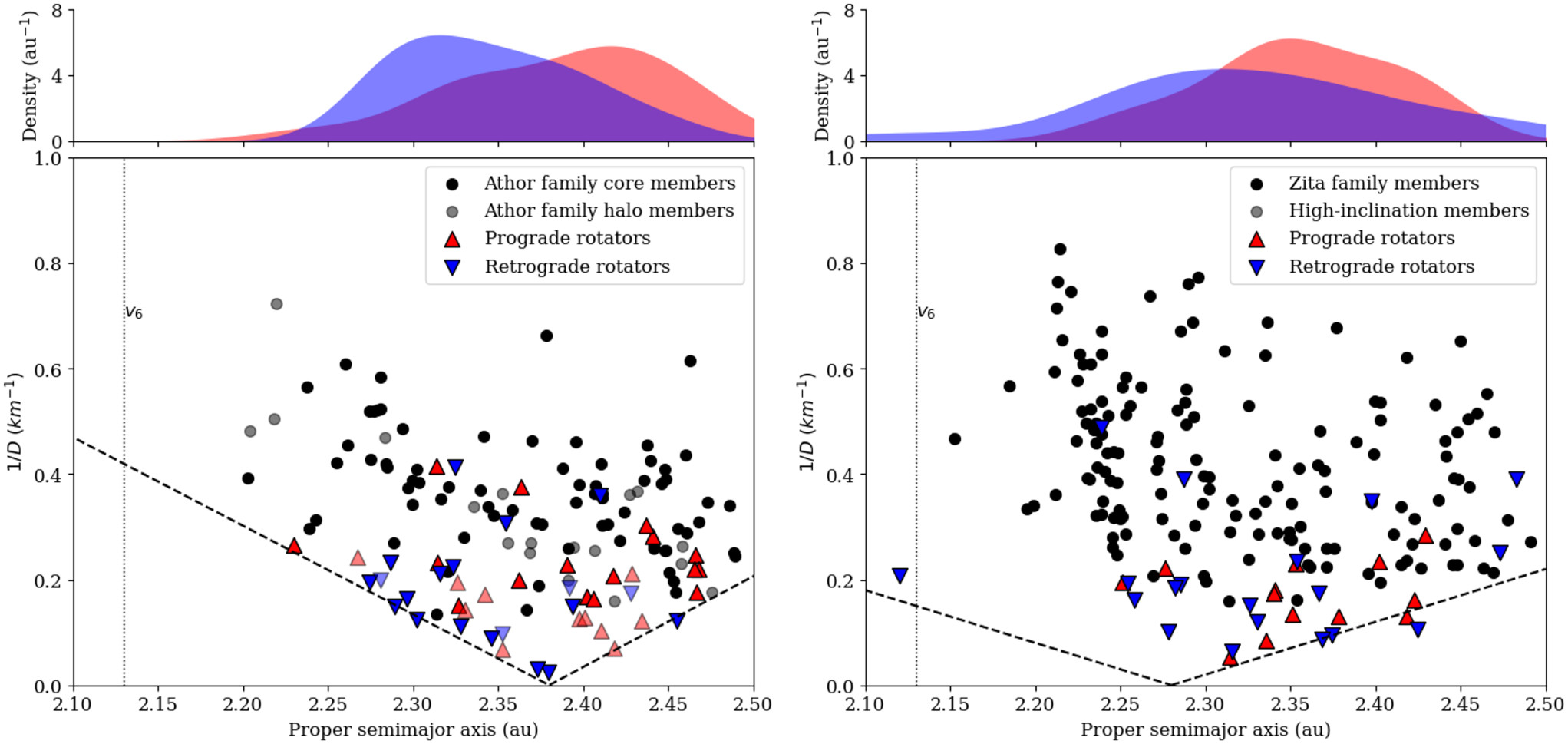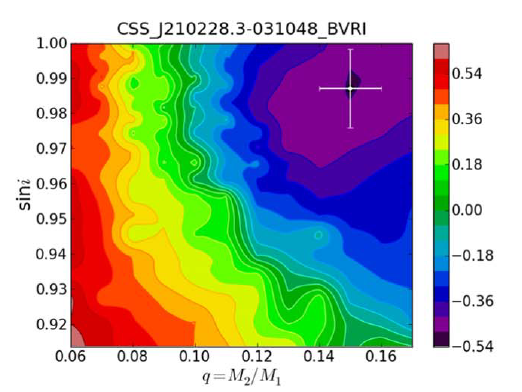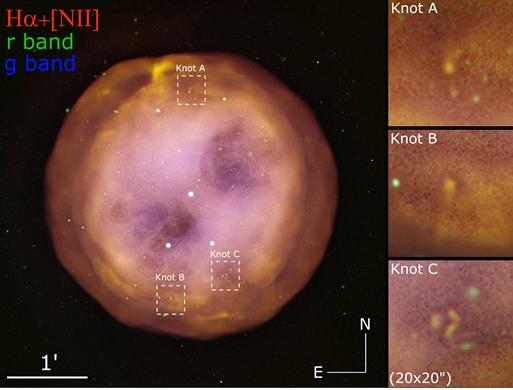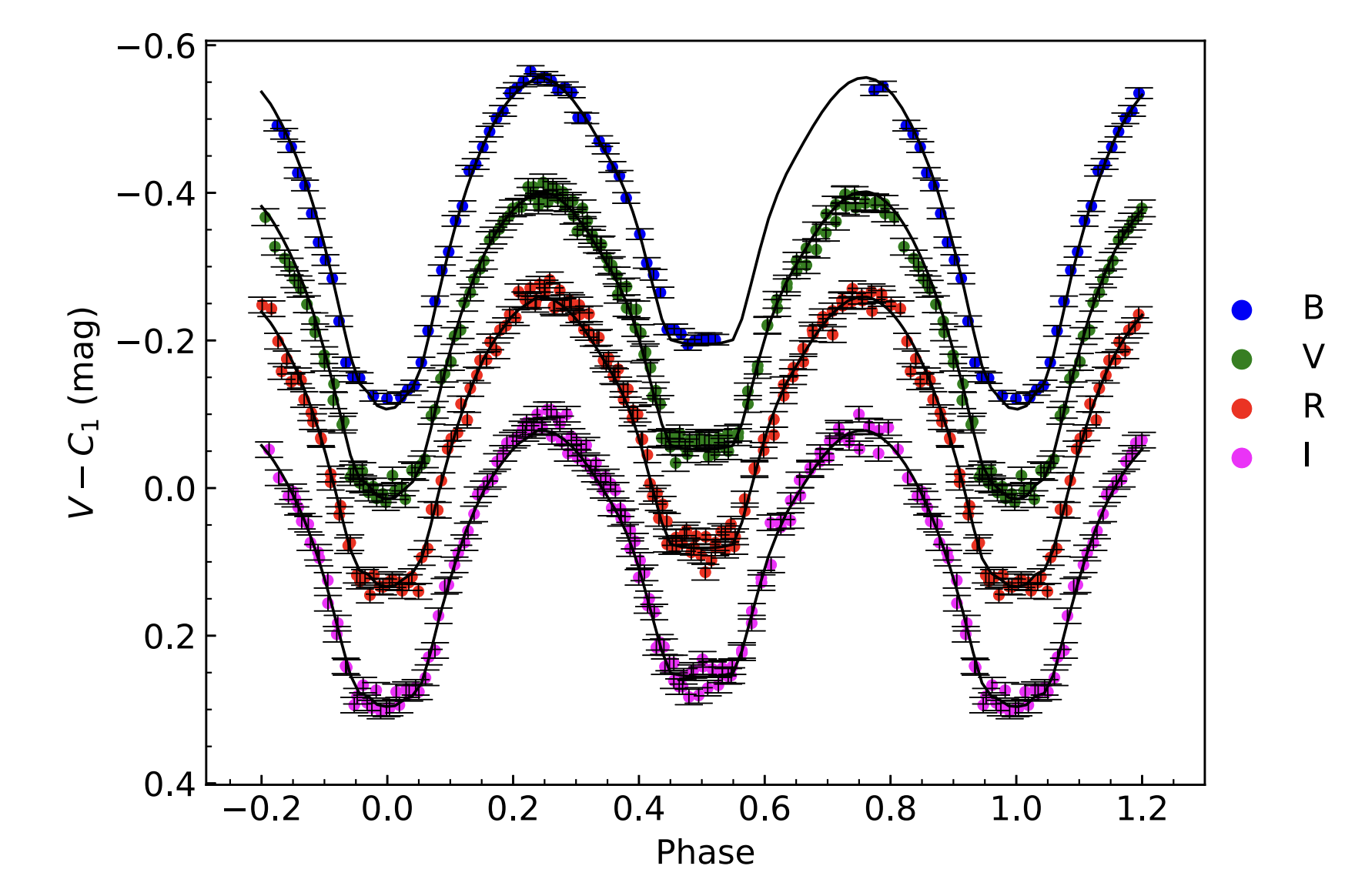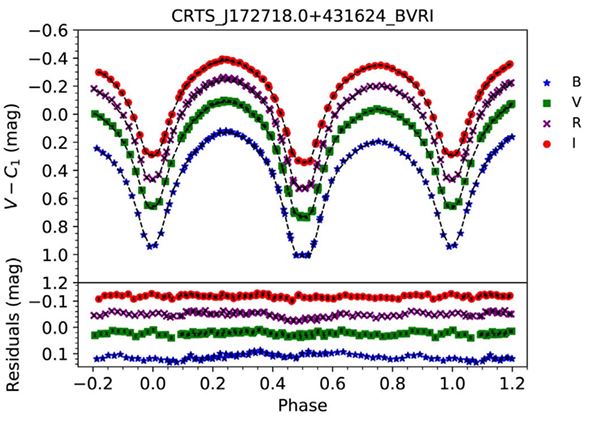Deep optical study of the mixed-morphology supernova remnant G 132.7+1.3 (HB3)
Boumis, P. ; Chiotellis, A. ; Fragkou, V. ; Akras, S. ; Derlopa, S. ; Kopsacheili, M. ; Leonidaki, I. ; Alikakos, J. ; Palaiologou, E. V. ; Harvey, E. ; Souropanis, D.
eprint arXiv:2202.07749
February 2022
Abstract
We present optical ccd images of the large supernova remnant (SNR) G132.7++1.3 (HB3) covering its full extent for the first time, in the emission lines of Hα+α+[N II], [S II] and [O III], where new and known filamentary and diffuse structures are detected. These observations are supplemented by new low-resolution long-slit spectra and higher-resolution images in the same emission lines. Both the flux-calibrated images and spectra confirm that the optical emission originates from shock-heated gas since the [S II]/Hαα >> 0.4. Our findings are also consistent with the recently developed emission line ratio diagnostics for distinguishing SNRs from H II regions. A multi-wavelength comparison among our optical data and relevant observations in radio, X-rays, γγ-rays and CO bands, provided additional evidence on the interaction of HB3 with the surrounding clouds and clarified the borders of the SNR and the adjacent cloud. We discuss the supernova (SN) properties and evolution that led to the current observables of HB3 and we show that the remnant has most likely passed at the pressure driven snowplow phase. The estimated SN energy was found to be (3.7±1.5)×1051(3.7±1.5)×1051 erg and the current SNR age (5.1±2.1)×104(5.1±2.1)×104 yrs. We present an alternative scenario according to which the SNR evolved in the wind bubble cavity excavated by the progenitor star and currently is interacting with its density walls. We show that the overall mixed morphology properties of HB3 can be explained if the SN resulted by a Wolf-Rayet progenitor star with mass ∼34 M⊙∼34 M⊙.


